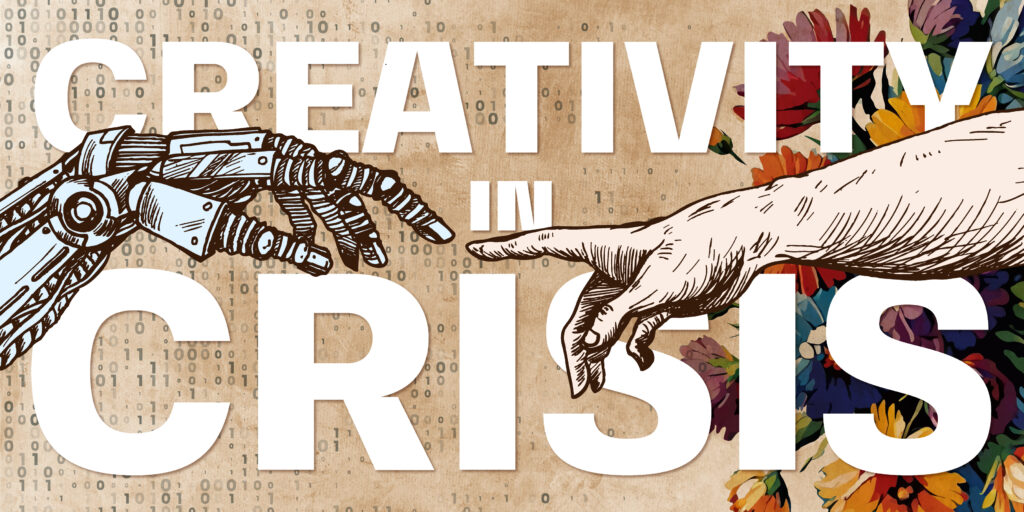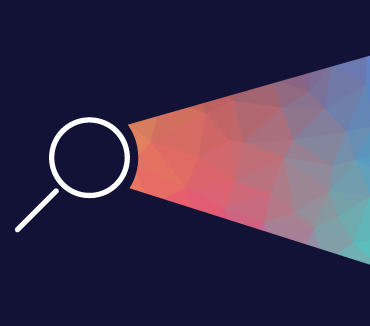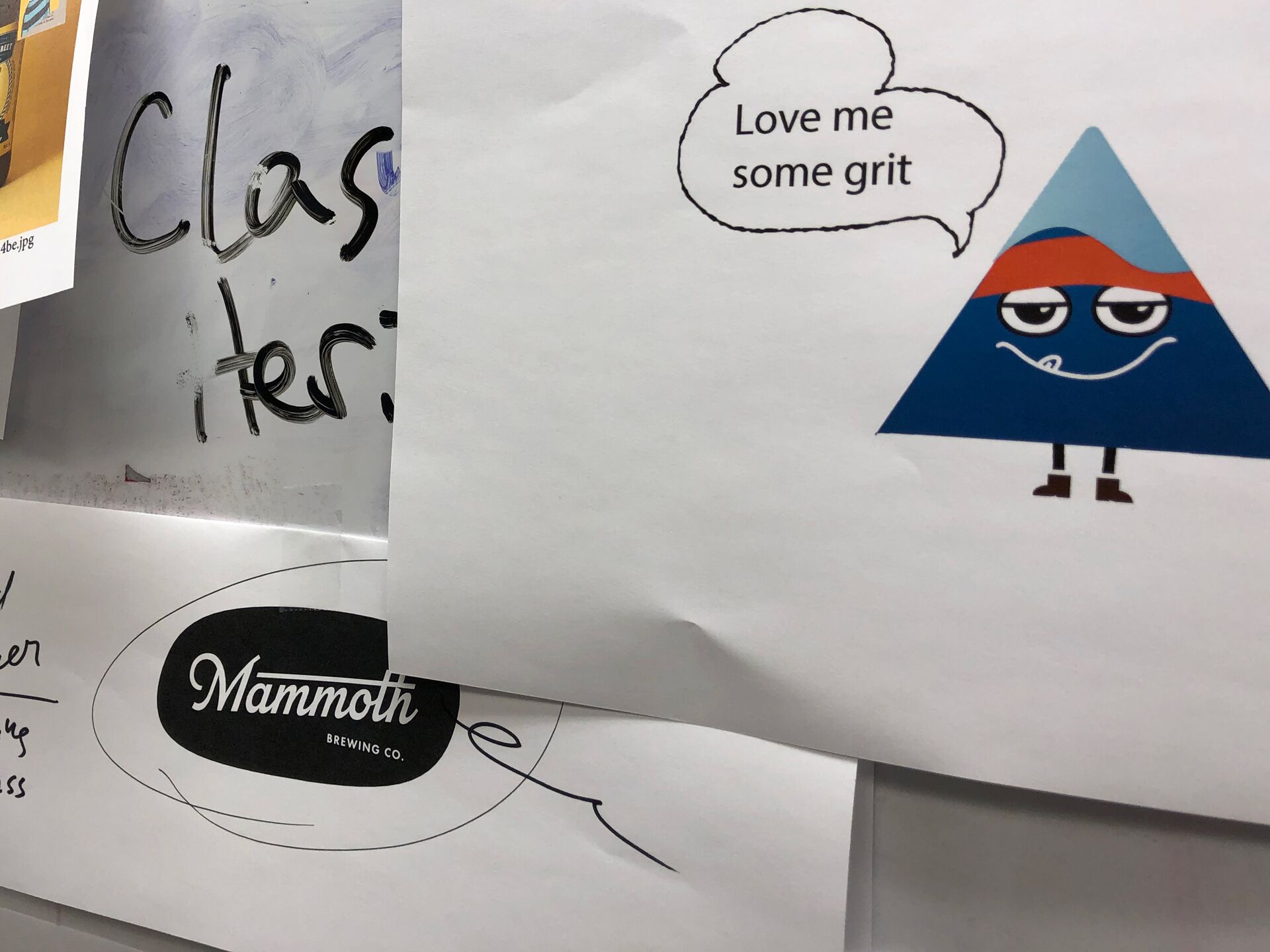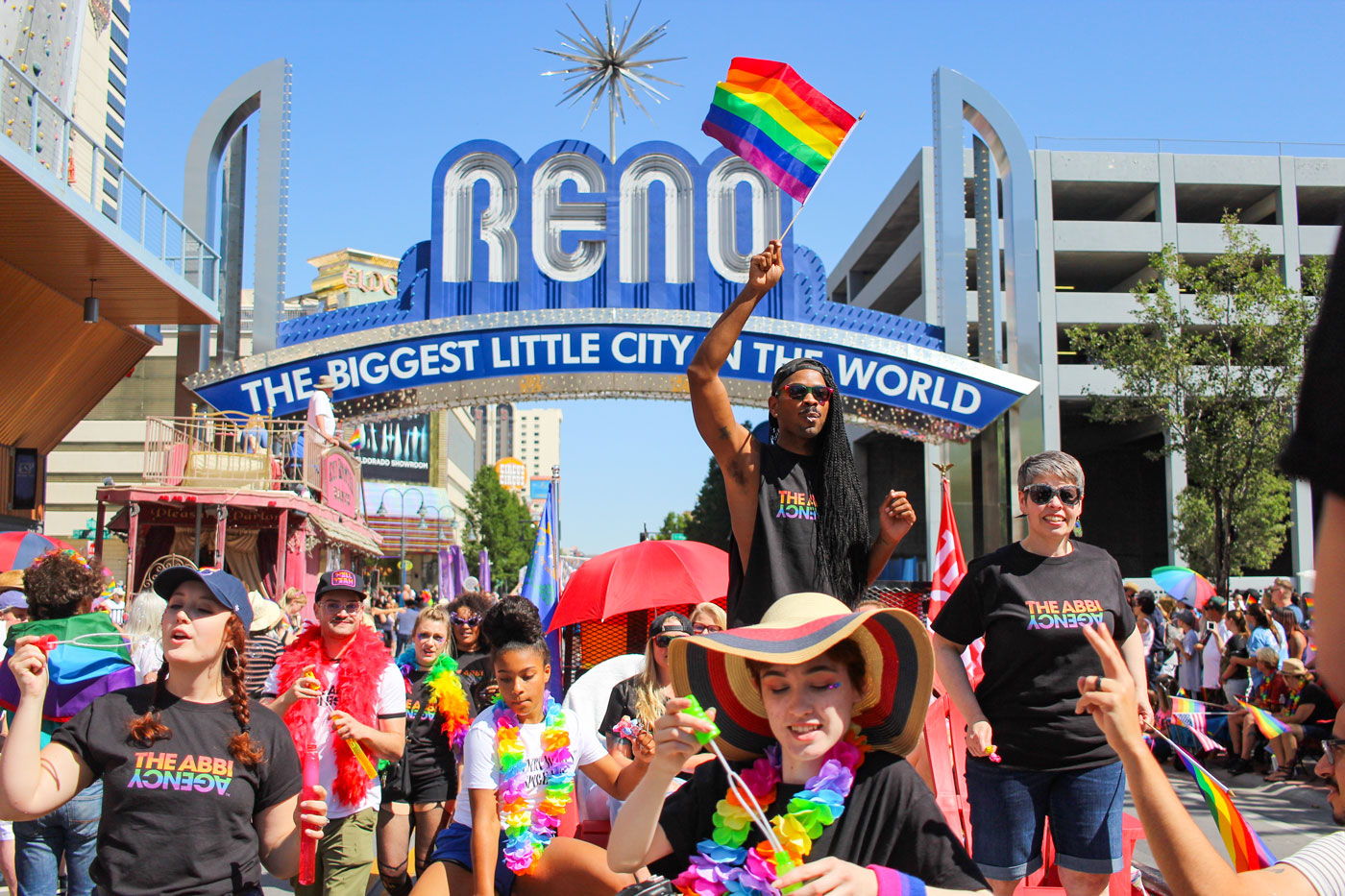Can We Reclaim Creativity in the Age of AI?

The creative process is fundamentally changing as an age of generative technology takes hold
Almost a decade ago, Ev Williams wrote a blog post entitled A mile wide, an inch deep. I remember reading it in awe. It was not predictive, but it was like a signpost on the digital highway that said: This is where we are headed, but we should probably turn off and head this way.
Williams was, of course, the entrepreneur who coined the term “blogger,” an early Googler who went on to found Twitter and Medium. He was one of the brilliant deep thinkers of the Internet, under whose guidance Twitter became a cultural force, the engine of the Arab Spring — before new leadership and ownership plowed the social network into the murky worlds of crypto and conspiracy theories and constant conflict.
Williams’ warning was about the allure of shallowness. He discussed how advertising metrics and pageview performance would lead us down a road that ended in the sugar high of vapidly wasting time and attention on the meaningless.
In a particularly fascinating section, he forecast the all-out war for attention that the digital age would devolve into. And then he, perhaps naively, laid out how Medium would be different.
“At Medium, we don’t really want anyone’s time. We want to create a platform that enables people to make an impression on others. To make them think. To change their minds. To teach them something or connect emotionally. It’s hard to measure any of that.”
We’re spending our lives in the shallow end
Fast forward a million Internet years, and we find ourselves precisely in the place that Williams warned us about. Creativity is having an identity crisis. The war for attention at all costs has consumed the digital landscape. This constant consumption of time and attention has sapped our creativity.
Researchers have been measuring creativity since the 1950s through a well respected method called the Torrance Test. Think of it as the IQ test for creativity. Torrance Test scores began plummeting in the 1990s and continue to decline, according to University of William & Mary researchers.
Researchers and psychologists have pointed to numerous reasons for the “Creativity Crisis,” but many agree that the lack of unstructured time, our overschedules lives, and the fact that we stuff our faces into a screen every time we experience a second of boredom, has vaporized our imagination and originality.
But perhaps something even more insidious is behind our creativity decline. It is possible that the algorithms that now govern what digital information receives attention around the globe has started to impact how we formulate and present ideas and thoughts. The algorithms may be training us. This ability to influence human behavior at scale in even more manipulative ways is a significant concern as AI becomes deeply embedded in our world
Meanwhile, researchers had the Chat GPT large language model take the Torrance Test for creativity. In a study entitled The Originality of Machines, the authors reported that “ChatGPT scored within the top 1% for originality and fluency, and showed high scores for flexibility.”
Superficial Intelligence
Despite the Torrance Test results AI is generating, the technology is not truly great at creativity. It’s not that AI isn’t evolving rapidly, writing respectably and generating images on command. It’s simply that human creativity is vast and wild and unpredictable and original, and — for lack of a better word — human.
Generative AI will figure out how to produce an image of a hand with five fingers, it most likely will get better and better at writing. It will be proficient and efficient. But proficiency and efficiency shouldn’t be the gauge of creativity. Just like Ev Williams pushed back against the idea of time and attention being the thing of value in the Internet age, and redirected the conversation to influence — creativity should impact us in almost undefinable ways.
Artificial Intelligence is, almost by definition, reductive and homogenized. It takes the world of animation with hundreds of different styles and color patterns and human variabilities and reduces it down to a single caricatured style. It’s like melting down the hundreds of languages found throughout the world into Esperanto. You could argue that nothing has been lost, that communication is more efficient and universal, but of course you would be wrong. Context, history, style, culture — it is all immeasurably valuable.
This all may change. Generative AI is in its earliest stages of growth. It may become diverse and wildly imaginative, and new combinations of human creativity and generative AI may birth a new era of technology-powered creative breakthroughs.
But the opposite possibility is also true. Conventional thinking says that Generative AI will get progressively better as time goes on. But this may be a unique golden period in AI quality. With almost unlimited human-created content to harvest for AI model training — and perhaps even more importantly, no AI content to taint the pool of training data — AI is progressing at lightning speed. But what happens when AI content populates the Internet and AI models train on AI-created content? What happens when AI models re-ingest their own mediocre content?
The results are actually fairly frightening. The reductive spiral of quality loss happens surprisingly fast, and AI quality falls apart completely. This may happen sooner than we realize. OpenAI said that the platform puts out 100 billion words per day (the equivalent of 1 million novels’ worth of content). That volume is sure to increase exponentially. Research has shown that when large language models re-ingest their own content, they experience what is termed “model collapse” — where irreversible defects in the models destroy their functionality. This appears to be a huge structural challenge for large language models going forward.
Protecting Time. Elevating Creativity.
There is no shame in guarding your time as a creative, if you are capable of that level of creative freedom in your job. We don’t have to surrender our hours to every time-sucking technological advancement for fear of being labeled a Luddite or an out-of-touch creative. We don’t have to surrender every minute of our day to obsessively monitor Slack and email and project management software systems. This shouldn’t be the creative life.
In fact there is strong anecdotal correlation between not chasing the latest tech trend and high levels of creative output. Christopher Nolan, one of the world’s most creative and productive directors, famously eschews email, smartphones and other technological trappings. He’s not anti-tech in any way. He simply knows that that level of discipline makes him a better writer and creative.
“I’m easily distractible so I don’t really want to have access to the internet every time I’m bored,” said Nolan, director of Oppenheimer, Interstellar and Inception. “I do a lot of my best thinking in those kind-of in-between moments that people now fill with online activity, so it benefits me.”
Nolan isn’t nearly alone. For extremely high-level creatives who require intense concentration, technological distraction is disastrous. Acclaimed author Lauren Groff famously writes out her novel drafts long-hand. She even reportedly wrote out a version of her latest novel The Vaster Wilds in iambic pentameter “just for fun.”
Jonathan Franzen disabled his laptop from an Internet connection while writing The Corrections, and still avoids all distraction when drafting novels.
“It’s doubtful that anyone with an internet connection at his workplace is writing good fiction,” Franzen once said — a statement that is probably hyperbole and certainly obnoxious, but has a level of truth to it that can’t simply be written off.
So in an age when more technology is overwhelmingly seen as the answer to our creativity crisis, it is not unreasonable to be the creative contrarians who ask, could less technology actually equal more creativity?
A Best Case Scenario for AI
My hope for Artificial Intelligence is this: that it will free us up to spend more time creating. So much of the Artificial Intelligence conversation has centered on Generative AI. But other forms of AI may automate the most mundane tasks that consume our time. Note-taking, time-tracking, scope creation, reporting, advertising optimization — what if AI became a powerful tool to automate these time-sucking tasks? And what if it freed up humans to spend hours dreaming up more powerful, impactful — and yes, human — creative campaigns. That’s an AI-powered future many creatives would find empowering, and a future for advertising and marketing that would be more delightfully human, more creatively crafted, more authentic, sincere or humorous. Maybe even a lot more fun.
The Abbi Agency is using AI in innovative and ethical ways, aware that the technology is changing and we must adapt with it. We know that new skills throughout our agency will unlock more powerful, creative and original ways of putting this powerful tool to use. We are leveraging the technology to power better results for our clients while fostering the human creativity that will always be the hallmark of our work.
It’s been more than a decade of traveling down what feels like a one-way street with consumer technology. We’ve surrendered our time to technology and we’ve gotten less creative in return. Maybe AI will turn the tide, give us back our time, and allow that creative spark to be fanned into a full-fledged creative fire. Maybe it will give us the time and the freedom to wander back into the deep end.
This may all be wildly optimistic. But we can be realists and hold onto optimism at the same time. And like Williams did a decade ago, we can make the case for the future we want to see — a future that is more human and more creative, a future that does not drown us in shallowness.



